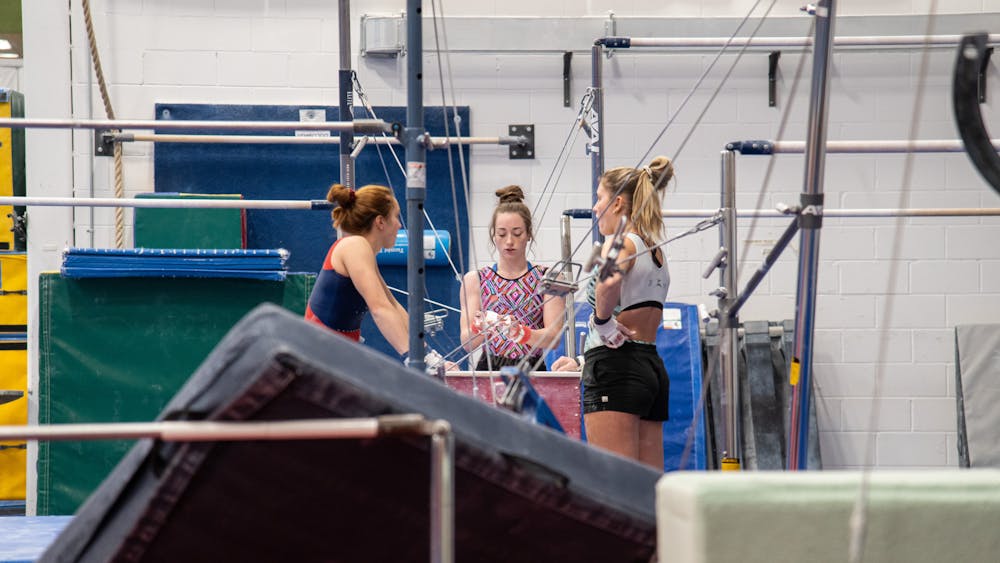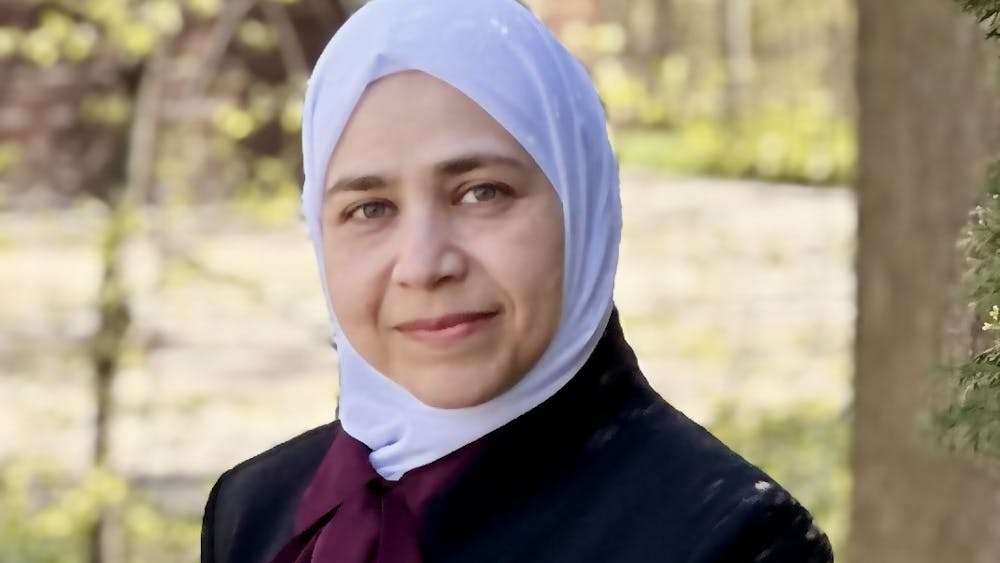New course digs into university's 123-year history
A new history course introduces students to places they've never been and people they've never heard of — all a part of Central Michigan University's 123-year history.
HST:347, CMU: Not Your Normal History, will educate students on the uinversity's origins and evolution from a small rural teaching college fo the 21st century insitution as it stands today.
Their journey through education took them to the historic Bohannon Schoolhouse. The schoolhouse was brought to the university in 1970 from Jasper Township by Alan Quick, the then-dean of continuing education, and Hal Mahan, director of museum studies.
"I realized some time ago that it's difficult sometimes for students to get enthusiastic about history," Martin said. "I thought using our (123) year history of CMU would be a great way to do it."
Throughout the semester, students will have the opportunity to examine historical sites and how CMU grew from a modest teaching college to a university that delivers courses across the country.
Ruth Barrett, who returned to study at CMU after briefly attending in the 70s, connected with the lecture on a personal level.
"I went to school in Beal City in a two-room schoolhouse," Barrett said. "I've lived (in Isabella County) my whole life. My mother worked here, my brother went to school here, so I just thought it was a natural thing to take the class and learn more about the background of how CMU got started."
CMU began as a teacher's college. The demand for educated teachers at the end of the 19th century led to the creation of the Central Michigan Normal School and Business Institute.
CMU opened its doors on September 13, 1892, as the Central Michigan Normal School and Business Institute, with classes in teaching, business and stenography. At that time, few of the state’s teachers received any formal training in teaching, so school founders made teacher training their mission in founding the state’s second normal school.
In 1895, the Michigan State Board of Education assumed control of the school, which had grown to 135 students, renaming it Central Michigan Normal School. By 1898, enrollment had more than tripled to 450 students. In January 1906, the Normal School surpassed 1,000 graduates.
The technological advances of the 1980s spurred further program expansion, especially throughout the sciences, and ground was broken for the Industrial Engineering and Technology building in 1987. Other construction followed, including the Dow Science Complex, Applied Business Studies Complex and Student Activities Center. CMU’s Global Campus continued to grow as well, and the university offered its first online courses in 1994, offering courses to students around the world.
Campus continued to expand with the addition of academic, athletic and residential buildings through the 1990s and the early 21st century. The modern Music Building was opened in 1997, followed by a $50 million expansion of the Park Library in 2002 and the state-of-the-art Health Professions Building and several residence halls in 2003.
CMU’s newest buildings are the technologically advanced and LEED-certified Education and Human Services Building, which opened in 2009, and the CMU Events Center, which opened in December 2010 and also includes environmentally friendly features.
"We're always trying to get students more interested in history," said Mitchell Hall, department of history chair. "One way to do that is by focusing on local history. Students who are attending CMU, who might not normally take a history course, might be more interested if it was about where they are living and working."
Martin's lesson plan will take the class to the university and Clarke Historical libraries and on a tour that will chronicle the evolution of the campus.
Martin recommends every student, history major or not, should take this chance to learn more about CMU's past.




